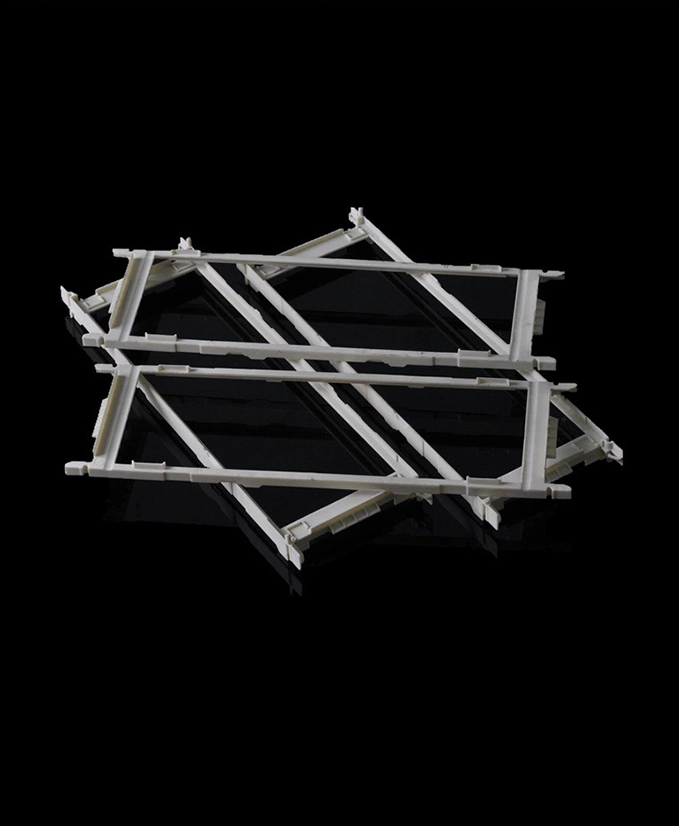We are very fortunate to work with these amazing partners


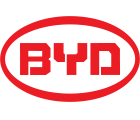


We offer CNC milling services for any type of custom CNC parts, whether plastics or metals, simple or complex. Our precision 3-, 4-, and 5-axis CNC machines, combined with other advanced capabilities and our experienced team, can provide high-quality CNC machined parts and fast delivery. We guarantee your CNC milling projects will be handled smoothly by our in-house CNC machining department and supplier network. As a result, you can focus on bringing your product to market. If you need a reliable CNC milling company, Dexin will never let you down!

Our CNC Milling Capabilities
Our experienced CNC machining engineers can select the right tools and optimize tool paths, achieve an ideal CNC milling surface, and keep tight tolerances. We can provide all types of custom CNC machined parts to meet your project needs.
If you are having problems getting your CNC milling parts done, contact us and try to get a solution from Dexin.
Why Choose Us for Custom CNC Milling?
The Top 3 Reasons:
Our CNC Milling Capabilities
Typical CNC Milling Parts That We Offer
Our CNC milling service is a highly flexible way to create a prototype or manufacture high-volume end-used parts. Able to handle a wide range of milling materials, our CNC machining capabilities are ideal for most projects. Our CNC experts know how to cut your parts fast to reduce costs. They are also skilled in milling the complex geometry to tight tolerances that custom-designed milled parts in different materials require. We have delivered a million+ high-quality CNC parts to our worldwide customers.

Mold Components
CNC milling plays a crucial role in mold making. Mold cavities, mold bases, sliders, lifters, and other mold components can be milled.
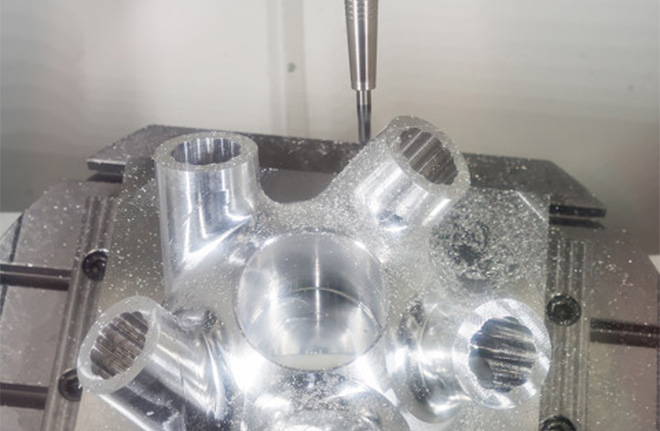
Plastic and Metal Valves
Parts like valves and engine houses require complex geometry and tight tolerances. We can make such parts with our 5-axis CNC milling.
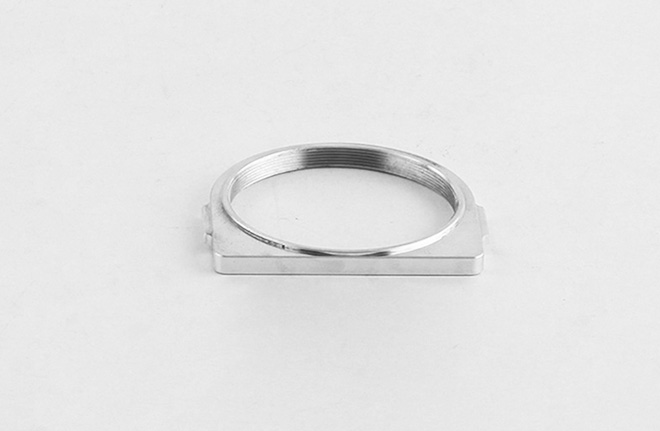
Medical Parts
CNC milling plays a crucial role in mold making. Mold cavities, mold bases, sliders, lifters, and other mold components can be milled.
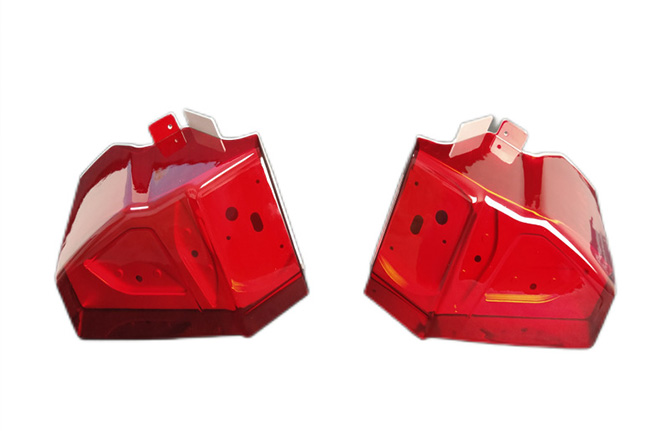
Automotive Prototypes
Besides mechanical parts such as aluminum engine houses and covers and steel shafts, we can also manufacture parts with tiny features like light guides and reflectors.
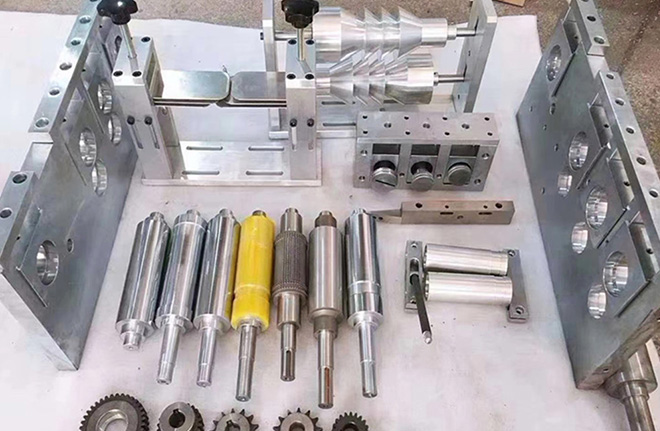
Plastic and Metal Valves
This is a rotating cutter for mask machines. It must be sharp but also maintain the concentricity under +/-0.01mm.
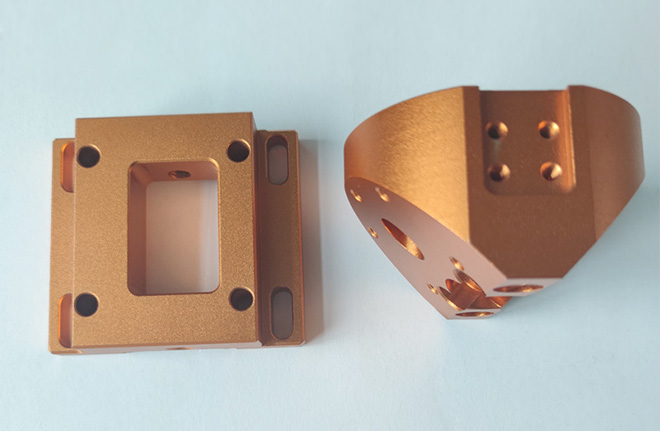
CNC Milled Adapters
CNC milled aluminum adapters with tight tolerance for dimensions and angles of the holes, with an alodine finish.
Overview: What is CNC Milling?
What is CNC milling?
CNC milling is just one of the Computer Numerical Control machining processes available. Milling is a particular form of precision machining. Milling uses a cutter that removes material by moving into the workpiece at an angle. The movement of the cutter is controlled by computer instructions, allowing for extreme precision and repeatability.
CNC Milling is different from CNC turning, another popular CNC machining service. Turning uses a single-point cutting tool to cut the workpieces from block or bar materials while they rotate at speed in a chuck. Unlike CNC milling, CNC turning is generally used to create round or tubular shapes.
CNC milling can be used for rapidly manufacturing either prototypes or end-use parts.
How CNC milling works
Like other CNC machining processes, CNC milling begins with designers creating a digital part using CAD (Computer Aided Design) software. The file is then converted into “G Code,” which can be recognized by a CNC mill.
CNC mills have a “worktable” and work holding device to keep a block of material — known as the “workpiece” — in place. The worktable may or may not move, depending on the style of the milling machine.
During the CNC milling process, the rapidly rotating cutting tool makes contact with the workpiece, cutting away material. The cutting tool moves according to the G-Code instructions, cutting in the programmed places until the part is finished. Some CNC mills use moving worktables to create even more cutting angles.
CNC mills can cut through hard metals such as stainless steel. This makes them more versatile than CNC routers which, despite being similar to 3-axis mills, are less capable of penetrating hard materials.
CNC mills are different from CNC lathes or turning centers, where the workpieces rotate rather than the cutting tools.
Different types of CNC mill
CNC mills are often defined by their number of axes. More axes mean they can move their tool and/or workpieces in more ways. This enhanced cutting flexibility results in the ability to make more complex parts in a shorter time.
3-axis: Standard CNC mills have 3 axes, allowing the spindle (and attached cutting tools) to travel along the X, Y, and Z axes. If the cutting tool cannot reach an area of the part, the part must be removed and manually rotated.
4-axis: Some CNC mills incorporate an extra degree of movement by rotating on a vertical axis. This enables greater flexibility and the ability to create more complex parts.
5-axis: The most advanced type of widely used CNC mill is the 5-axis mill, which incorporates two extra degrees of movement, often by adding rotation to the worktable and spindle. Parts usually don’t require multiple setups since the mill can manipulate them into different positions.
Cutting tools for CNC mills
CNC mills can be fitted with different cutters/tools to enable different types of cutting. These include end mills, face mills, slab mills, fly cutters, ball cutters, hollow mills, and roughing end mills.




